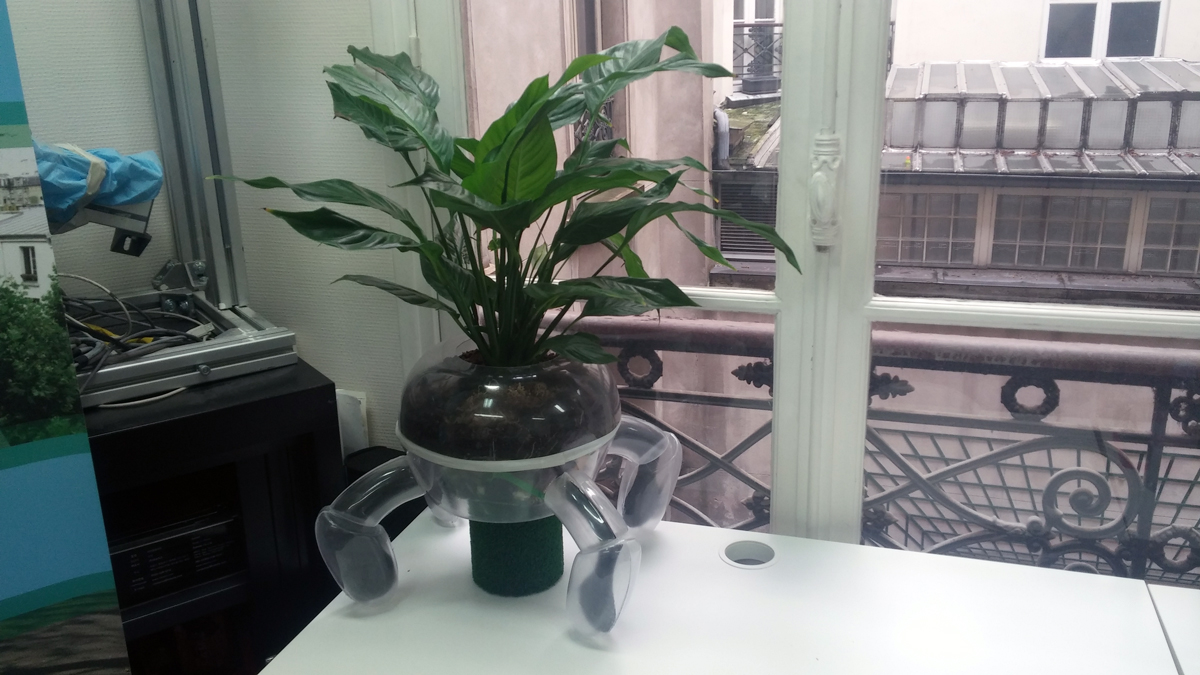
The conference was very interesting. I was lucky to be invited because I met a lot of experts and startups with projects linked to the environment. I will make individual posts about the startups projects the next days. I learned a lot from the presentation and understood that there are three tiers of energy consumption related to the internet:
- terminals
- network
- data-center
I had a good thought when being careful with the data I had. During the conference Frederic Bordage did not agree with someone claiming he was working on a plugin able to determine our everyday consumption on the web. It is for the same reasons listed in the last article I wrote. The “system” means that there are different parameters to take account of, and it also means that every parameters different for each individual. It means that the data extracted from the plugin can’t be right because it’s not precise enough and it could be misleading for the user.
I continued to make researches about the 0.02gr of CO2 of Twitter. I was surprised that almost every articles I was reading were redirecting me to the blog of Raffi Krikorian, software engineer, and the former VP of Platform Engineering at Twitter. Too bad, because the link article didn’t exist anymore, same for the part of the conference where he speaks about this number…
Thats it, I think that I can’t count on the data I read. The reason is the problem is more complicated, and everything points directly at the data centers like they are energy eater. Some are, but some have green systems to enhance their carbon footprint. The problem is not 100% the energy used while the data centers store data, or when data is send through the network, but when the data centers and the terminals are created. At their creation, they use environmental ressources at a high level.

